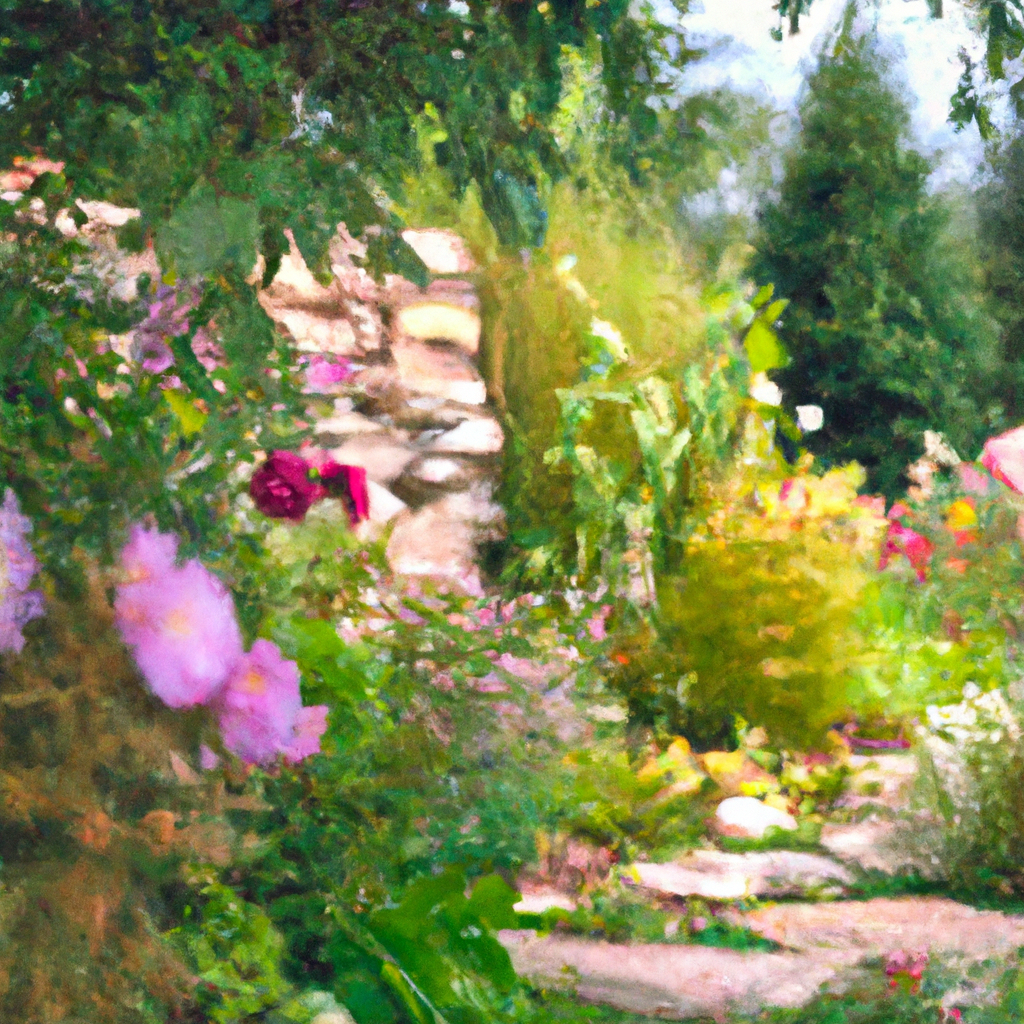Creating a wildlife garden is a great way to support local ecosystems and attract a variety of wildlife to your yard. However, it takes more than just planting a few flowers to make a successful wildlife garden. In this article, we will explore the principles of wildlife gardening and how to create a sustainable habitat for the local fauna.
Principles of Wildlife Gardening
A wildlife garden is a space designed to attract and support a variety of wildlife. The principles of wildlife gardening are based on creating a sustainable habitat that provides food, shelter, and water for native animals. Here are some key principles to consider when planning your wildlife garden:
1. Plant Native Species
Native plants are essential to creating a sustainable habitat for local wildlife. These plants are adapted to the local climate and soil conditions and provide food and shelter for native animals. Native plants also require less maintenance and water than non-native species, making them a more sustainable choice for your garden.
2. Create Layers of Vegetation
A successful wildlife garden should have layers of vegetation to provide a range of habitats for different animals. For example, tall trees provide nesting sites for birds, while shrubs and bushes offer cover for small mammals. Ground cover plants provide shelter for insects and amphibians, and flowers attract pollinators such as bees and butterflies.
3. Provide Water
Water is essential for wildlife, and a wildlife garden should have a source of water, such as a pond, bird bath, or small stream. A water feature can attract a variety of animals, including birds, amphibians, and insects. Be sure to keep the water clean and fresh to prevent the spread of disease.
4. Avoid Chemicals
Chemicals such as pesticides and herbicides can harm wildlife and disrupt the ecosystem in your garden. Instead, use organic methods to control pests and weeds, such as companion planting and hand weeding. Avoid using chemical fertilizers and choose natural alternatives such as compost or organic fertilizer.
Creating a Wildlife Habitat
Now that we have explored the principles of wildlife gardening, let’s look at how to create a sustainable habitat for local wildlife.
1. Assess Your Site
Before you start planning your wildlife garden, assess your site to determine the soil type, sun exposure, and drainage. This will help you choose the right plants for your garden and ensure they thrive in their new environment.
2. Plan Your Garden
Once you have assessed your site, it’s time to plan your garden. Consider the principles of wildlife gardening when choosing plants and designing your garden layout. Remember to create layers of vegetation and provide water for wildlife.
3. Plant Native Species
Choose native plants that provide food and shelter for local wildlife. Include a mix of trees, shrubs, perennials, and annuals to provide a range of habitats for different animals. Be sure to choose plants that bloom at different times to provide a continuous source of food for pollinators.
4. Provide Water
Include a water feature in your garden, such as a pond or bird bath. A water feature can attract a variety of animals, including birds, frogs, and insects. Be sure to keep the water clean and fresh to prevent the spread of disease.
5. Maintain Your Garden
Maintaining your wildlife garden is essential to creating a sustainable habitat for local wildlife. This includes regular watering, pruning, and weeding. Avoid using chemicals and choose organic methods to control pests and weeds.
Attracting Wildlife to Your Garden
Now that you have created a sustainable habitat for local wildlife, it’s time to attract them to your garden. Here are some tips for attracting wildlife to your wildlife garden:
1. Provide Food
Include plants that provide food for local wildlife, such as berries, seeds, and nectar-producing flowers. You can also add bird feeders and nesting boxes to attract birds to your garden.
2. Create Shelter
Include plants that provide cover and shelter for local wildlife, such as shrubs and bushes. You can also add a brush pile or rock pile to provide a habitat for small mammals and reptiles.
3. Add Features
Include features that attract specific types of wildlife, such as a butterfly garden or a bat house. These features can help attract a variety of wildlife to your garden.
In conclusion, creating a wildlife garden is a great way to support local ecosystems and attract a variety of wildlife to your yard. By following the principles of wildlife gardening and creating a sustainable habitat for local fauna, you can create a beautiful and thriving garden that benefits both the environment and the local wildlife.







